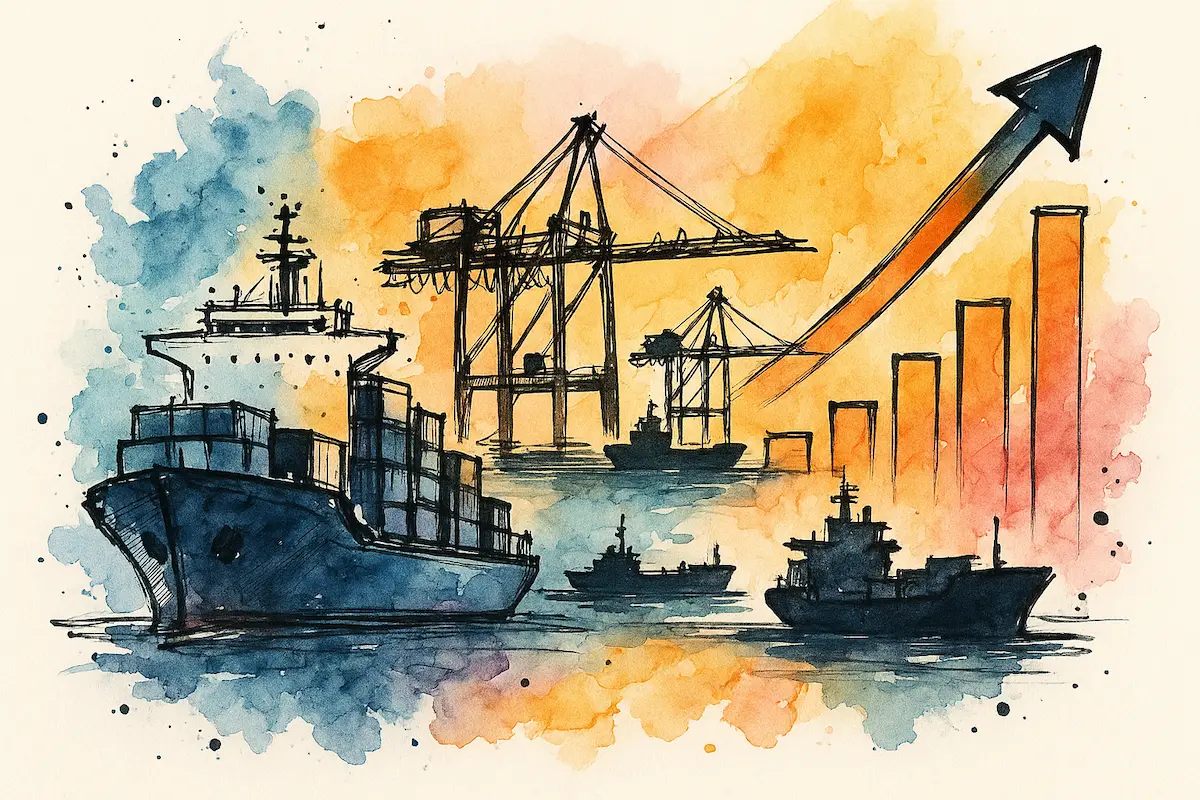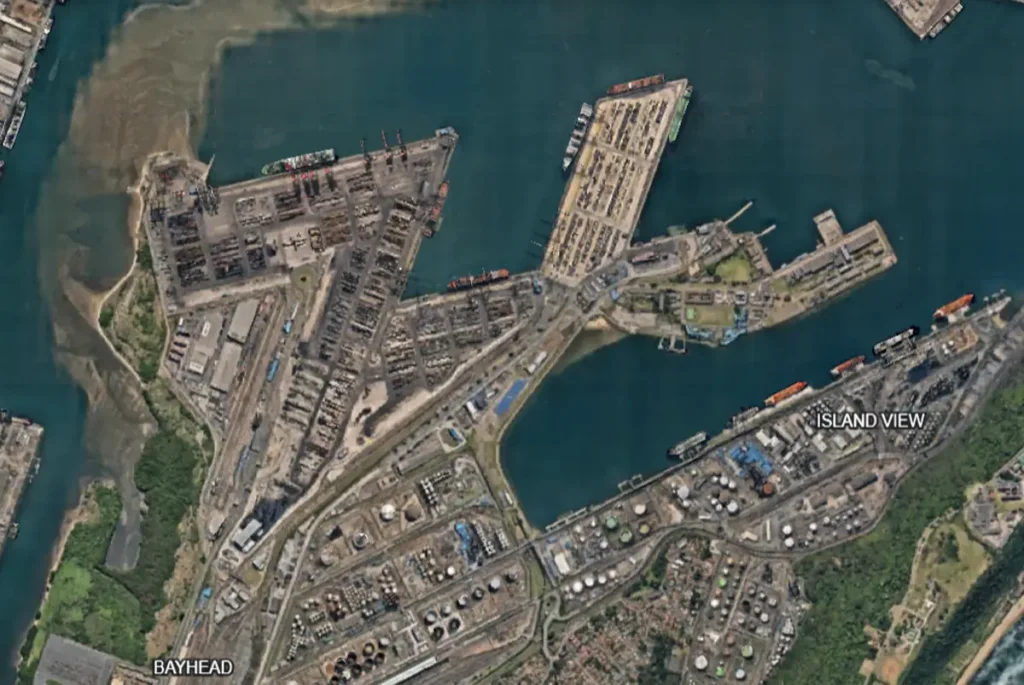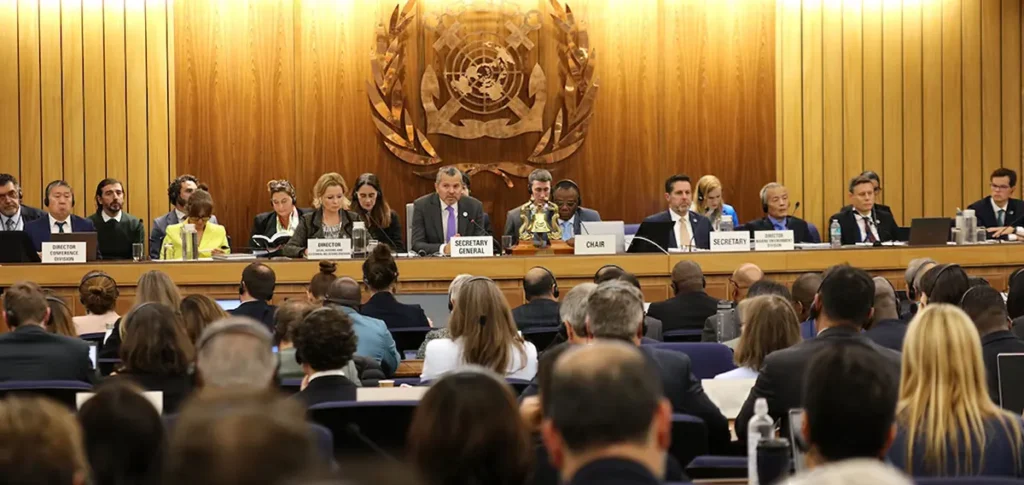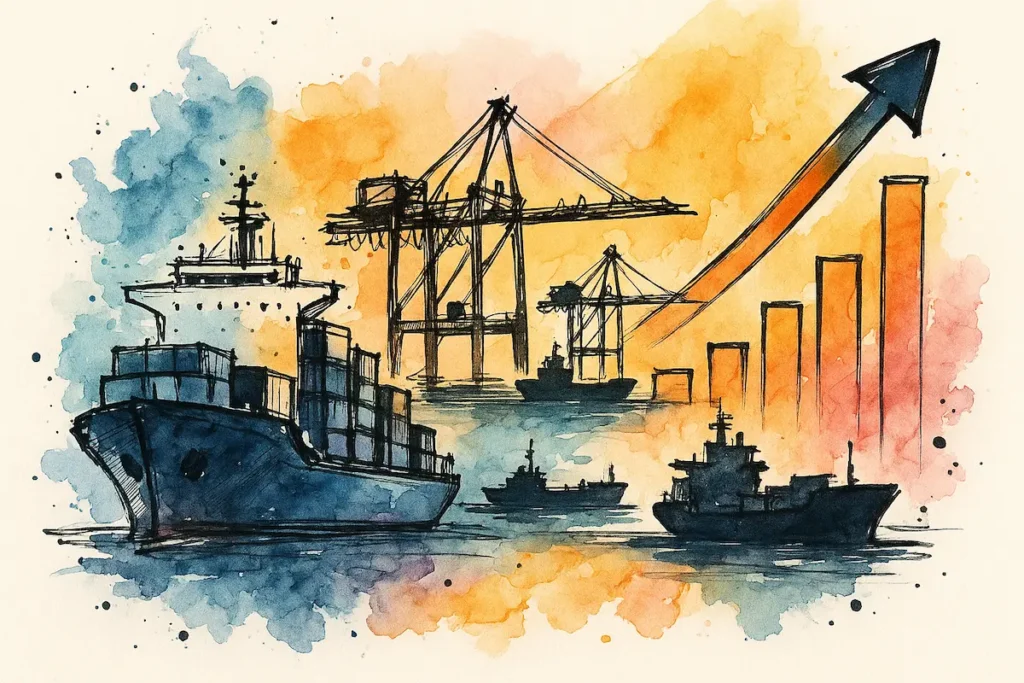The numbers from the recent UN Trade and Development (UNCTAD) update on global trade in 2025, especially its second-quarter performance, reveal both surprising resilience and important warning signs for the rest of the year..
The key findings from the report explore what drives (and threatens) trade growth, and draw out the implications for freight, logistics, and trade stakeholders like you and your network..
Trade at a high, but not without friction
Here are the headline figures that caught my attention (based on UNCTAD’s update):
- Global trade expanded by about USD 300 billion in the first half of 2025
- In Q1 2025, trade grew ~1.5% (in value terms) and in Q2, the pace is projected to accelerate to ~2%
- However, when adjusted for volume (i.e., stripping out price effects), growth is more modest, roughly 1%
- Merchandise trade showed strong volume and value growth in Q1, with a quarter-on-quarter increase of 3.6% and a year-on-year increase of ~5.3%.
- But growth was not uniform: North America’s imports surged (13.4% q/q); Africa’s exports registered ~9% y/y growth
- Meanwhile, several product lines are driving growth strongly: office & telecom equipment (+16%), chemicals (+12%), and clothing (+7%). But energy, iron & steel, and auto segments dipped
Under the hood: What’s fueling the upside..??
To understand whether this momentum is durable (or fraying), let’s peel back the layers of what’s helping trade stay on a strong footing in Q2 2025..
- Price effects and inflation push up trade value – Part of the jump in trade value is less about moving more goods, and more about products costing more.. Rising intermediate goods prices and commodity volatility are lifting nominal trade figures even when volume growth is modest..
- Technology, AI & digital services are major growth engines – In both goods and services, demand for tech-intensive goods and digital services is accelerating.. Computer services (especially AI, cybersecurity) are holding up well even amid broader softness..
- “Front-loading” and tariff effects – Some markets (notably the U.S.) have pulled demand forward in response to anticipated tariffs or policy changes, leading to bursts in imports..
- Regional shifts & stronger performance in developed markets – Interestingly, developed economies led gains in Q1, pulling ahead of developing markets.. The U.S. saw a ~14% jump in imports; EU exports grew ~6%..
- Freight and supply chain recovery signs – Indices like the Baltic Dry and various container freight metrics have rebounded from early-2025 lows, suggesting logistics systems are gradually adjusting..
Risks & Caveats: Why the second half of 2025 is less certain
As trade reaches new heights, some red flags emerge.. Here’s what I’m watching closely:
- Policy & tariff uncertainty
The biggest shadow over trade is still policy risk, especially now with the latest US-China drama.. Tariffs, countermeasures, unilateral trade measures, and shifting industrial subsidy regimes could all unsettle cross-border flows.. - Trade fragmentation & value chain shifts
As countries re-shore, de-risk, or realign trade partners, traditional patterns could be disrupted, increasing costs and inefficiencies.. - Commodity and sectoral drag
The energy, steel, and auto sectors, traditionally heavy trade drivers, are weakening. That drags down more cyclical or capital-intensive trade segments.. - Vulnerabilities in developing and middle-income markets
Those with less ability to absorb shocks or pivot supply chains are more exposed to volatility..
What this means for industry stakeholders
If you’re in shipping, freight forwarding, port ops, or trade advisory, here’s how to think through strategic responses:
| Challenge / Trend | Implication | What Stakeholders Should Do |
| Diverging growth: developed markets stronger | Some routes will see excess demand; others will lag | Realign capacity to faster lanes; avoid overcommitment to underperforming corridors |
| Tech goods & digital trade rising | More high-value, compact cargoes; speed and flexibility matter | Invest in high-efficiency handling, digital customs, and fast clearance |
| Policy volatility & tariff risk | Sudden route or market changes | Build agility: alternate sourcing, routing, hedging practices |
| Slower growth in commodity trade | Less volume in bulk and raw goods | Adjust fleet composition (more multipurpose vessels), diversify cargo base |
| Need for supply chain resilience | Longer lead times, buffer requirements | Enable modular logistics, nearshoring, and dynamic inventory strategies |
Pro tip: For trade advisors, publishing scenario-based forecasts (lean, base, stressed) helps clients stress-test their strategies.. In this climate, “what if tariff X is imposed?” and “how resilient is my supplier base?” are critical questions..
Final thoughts
The second quarter of 2025 has delivered a strong signal: global trade is not back to “business as usual,” but it is pushing records under tougher conditions.. Value is up, volumes modestly so, and the undercurrents of sectoral and regional shifts are clearly visible..
But momentum doesn’t guarantee stability.. The policy winds are unpredictable, macro headwinds loom, and supply chain inertia can only carry us so far..
To ride the wave, the trade and logistics community must be proactive: building flexibility, scanning risk vectors, and doubling down on digital resilience..













